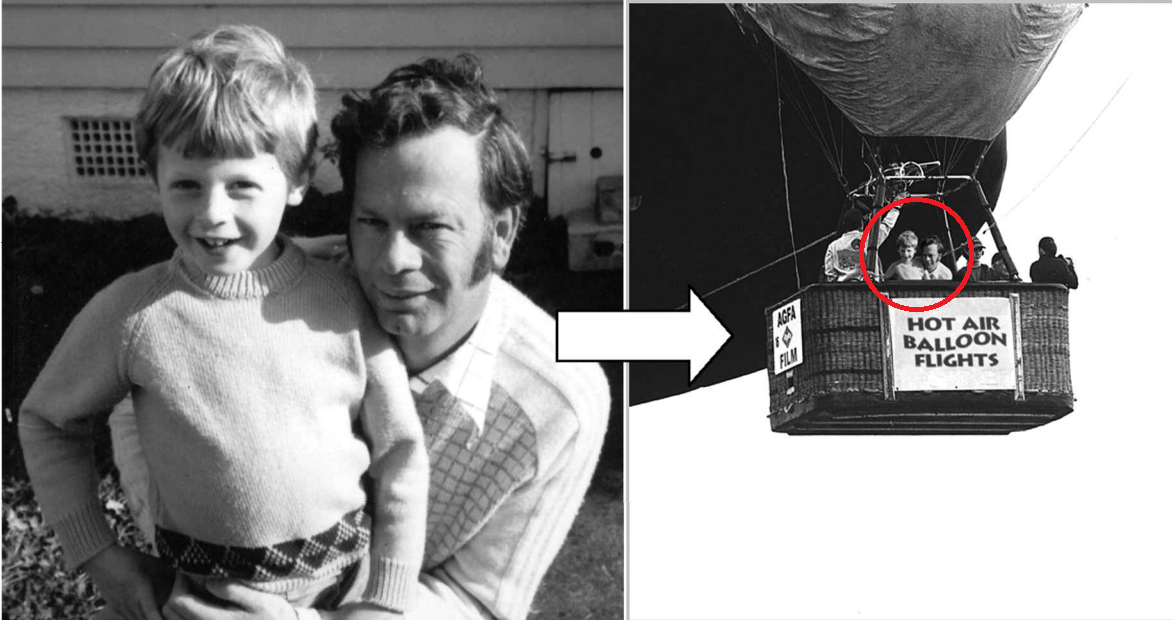Children are poor witnesses. Or are they?
The bottom-line message emerging from the legal cases and the related research was that false memories are more prevalent among children than adults, and hence children’s testimonial accuracy is inferior to that of adults. However, this view has recently been challenged by a series of studies showing age-related increases in false memories. For example, younger children were less likely to infer and elaborate on the loose rabbit rumour when only clues (i.e., nibbled carrot) suggested its escape than older children (Principe, Guiliano, & Root, 2008). These diametrical findings challenge the child’s supposed inability to make credible statements. It even suggests that not children but adults are more susceptible to certain false memories.
The strength of children’s testimony
To understand how such seemingly conflicting patterns can occur, with children being sometimes more and other times less vulnerable to false memories than adults, it is imperative to differentiate between different types of false memories. The formation of false memories can be caused by internal and external factors (Brainerd, Reyna, & Ceci, 2008). Externally-driven false memories are also called suggestion-induced false memories. These are frequently elicited experimentally using a classical misinformation paradigm originally introduced by Loftus, Miller, and Burns (1978).
This paradigm contains three main phases: (1) participants are exposed to an event (e.g., a slide show of a car accident), (2) they are confronted with misinformation (a question suggesting that the car stopped in front of a stop sign even though it was a yield sign), and (3) they have to answer final memory questions concerning the content of the original event. Research has shown that a significant minority of participants incorporate the misinformation into their memory reports and develop false memories. Moreover, children are considered to be more prone to this misinformation effect than adults (Loftus, 2005).
Indeed, researchers have shown that it is possible to implant false memories for entire events. For instance, participants provided vivid and detailed descriptions of a hot air balloon ride they actually never experienced in response to the presentation of a manipulated photograph (see Figure 1; Wade, Garry, Read, & Lindsay, 2002). In children, this misinformation effect can be obtained for highly implausible events, such as an UFO-abduction (Otgaar, Candel, Merckelbach, & Wade, 2009). Again, children were more susceptible to implanted false memories than adults.





